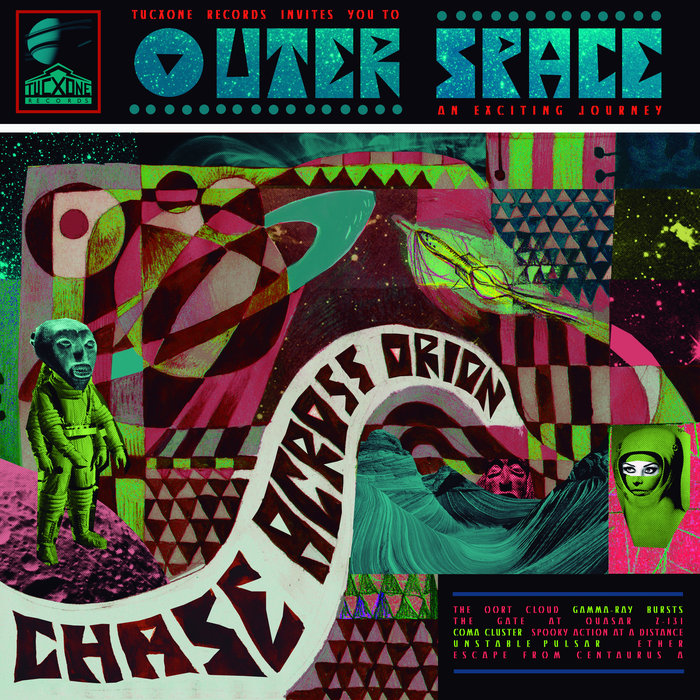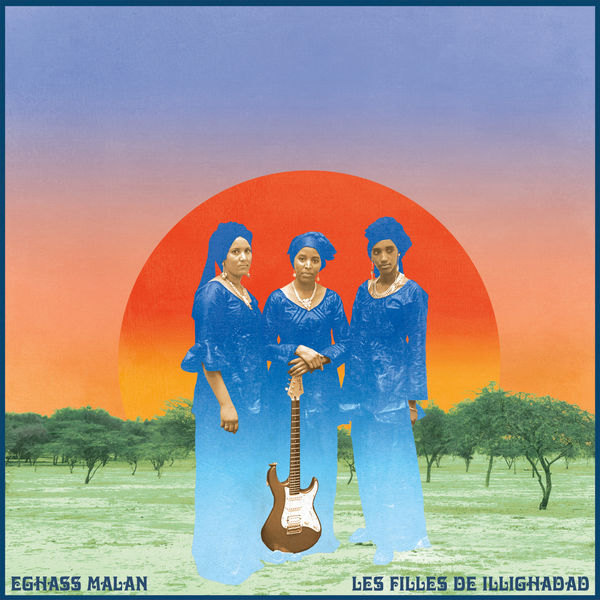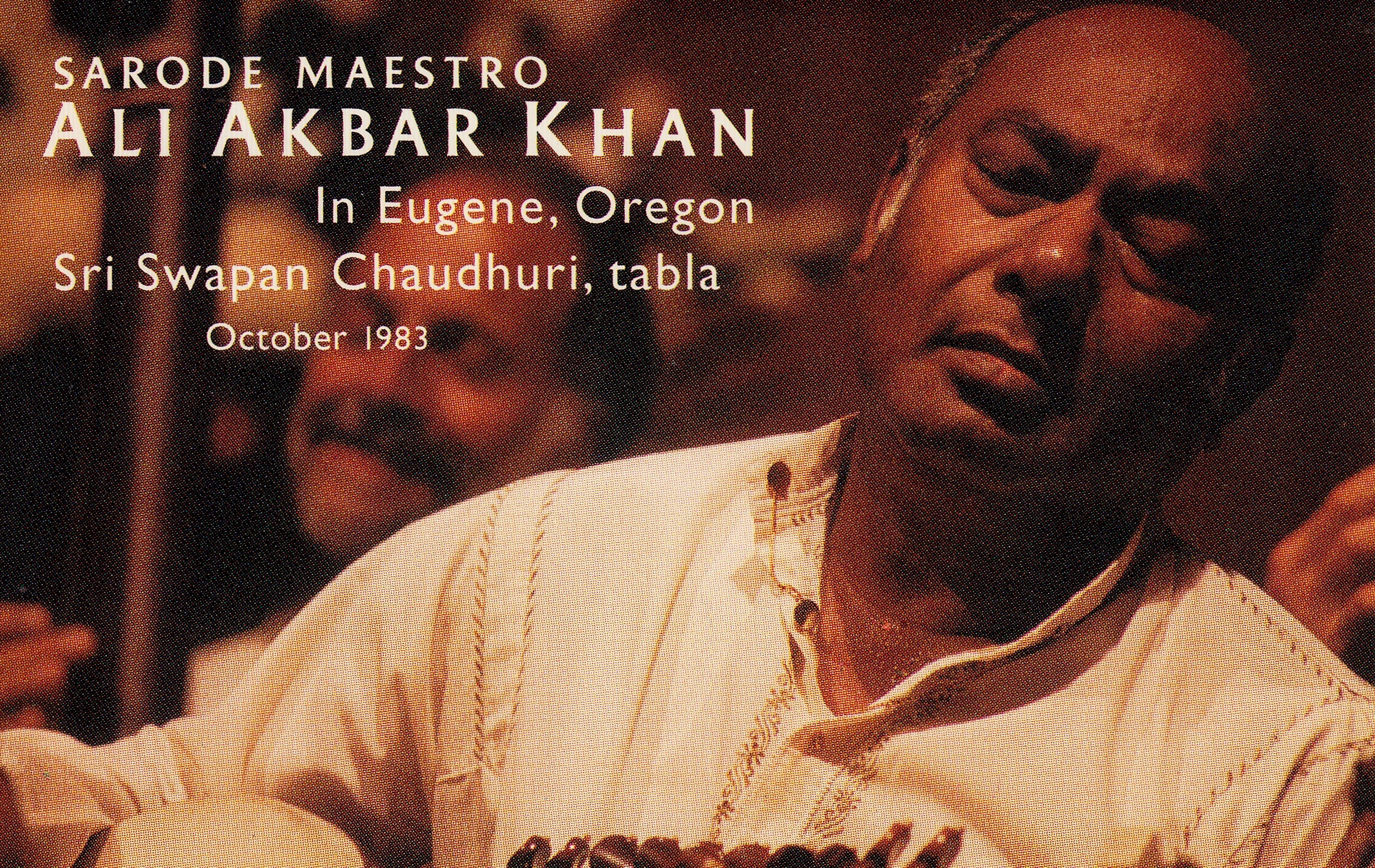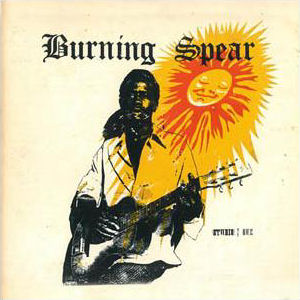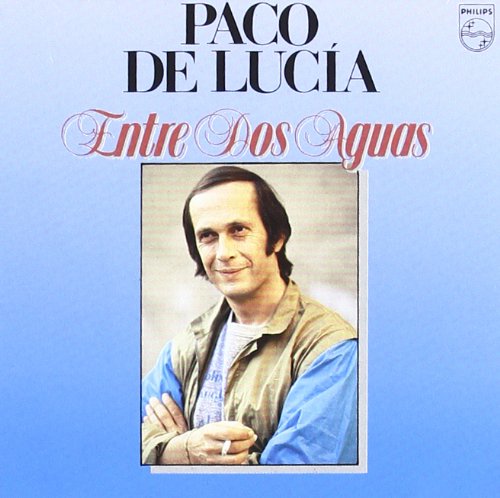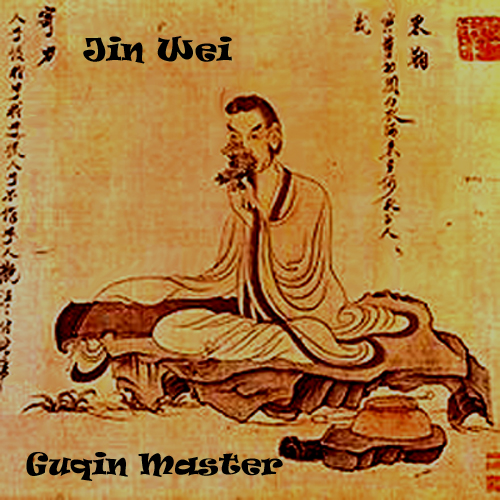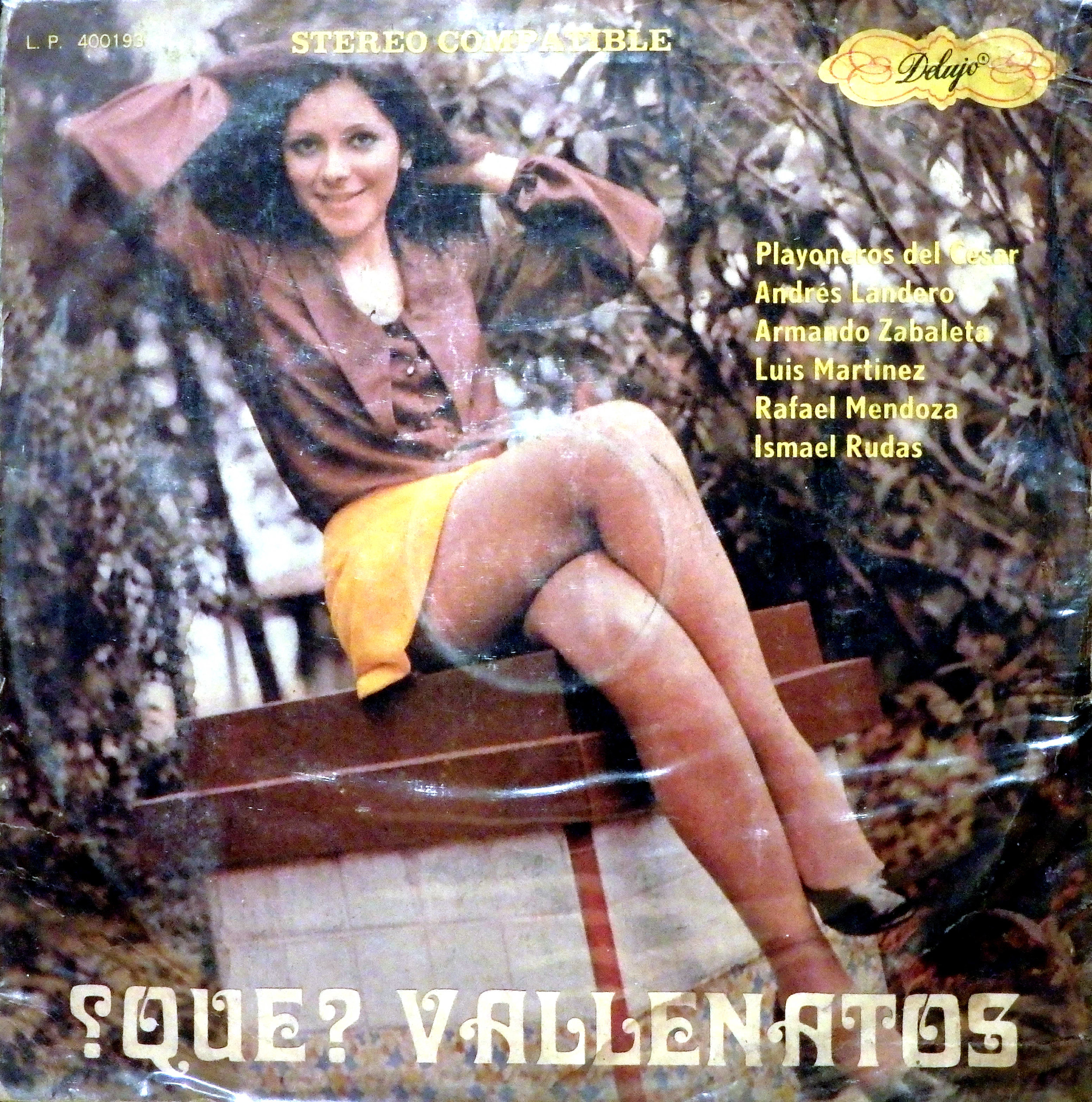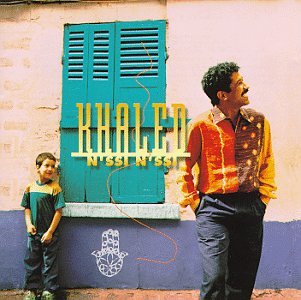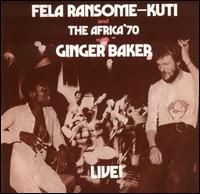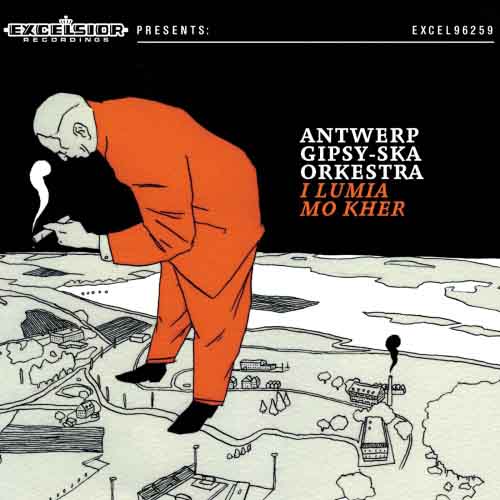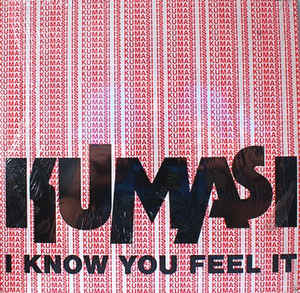Episode 48
Episode 48 originally posted on May 6, 2019.
Tracklisting:
01) “Tawil” by Mario Kirlis.
From the 1987 album Ritmos Arabes Volumen 2.
Buenos Aires, Argentina.
According to Last.fm: “Mario Kirlis is an Argentinian musician and composer that is known for his extensive work in Arabic Music. He has been the master and inspiration for a number of South American musician and belly dancers to approach the Middle Eastern music.”
02) “Tito Meets Woody” by Tito Puente and Woody Herman.
From the 1958 album Latin Flight 1.
Harlem, NY, USA, and Milwaukee, WI, USA.
According to Wikipedia, Tito Puente:
“was an American musician, songwriter and record producer. The son of Ernest and Ercilia Puente, native Puerto Ricans living in New York City's Spanish Harlem, Puente is often credited as "The Musical Pope", "El Rey de los Timbales" (The King of the Timbales) and "The King of Latin Music". He is best known for dance-oriented mambo and Latin jazz compositions that endured over a 50-year career.”
and, also according to Wikipedia, Woody Herman:
“was an American jazz clarinetist, saxophonist, singer, and big band leader. Leading various groups called "The Herd", Herman came to prominence in the late 1930s and was active until his death in 1987. His bands often played music that was cutting edge and experimental for its time; they received numerous Grammy nominations and awards.”
Purchase Tito Puente and Woody Herman’s music at Amazon.
03) “Asteroid” by Karl Hector & The Malcouns.
From the 2019 album Non Ex Orbis.
Monaco di Baviera, Germany.
The group’s Facebook page says:
“It’s been some years since the first Karl Hector release, and it’s known now that Mr. Hector is indeed the German producer and guitarist JJ Whitefield, ne Jan Weissenfeldt. Whitefield is the visionary behind the Poets of Rhythm and the Whitefield Brothers, the ensembles whose rough analog sound and return to the funk archetypes of the late 60s to early 70s paved the way for labels like Daptone, Truth & Soul, Timmion.”
04) “Bati Mon Nid” by Françoise Hardy.
From the 1971 album La Question.
Paris, France.
The Wikipedias tell us that Françoise Hardy:
“is a French singer-songwriter. She made her musical debut in the early 1960s on Disques Vogue and found immediate success with her song "Tous les garçons et les filles". As a leading figure of the yé-yé movement, Hardy "found herself at the very forefront of the French music scene", and became "France's most exportable female singing star", recording in various languages, appearing in several movies, touring throughout Europe, and gaining admiration from musicians such as Bob Dylan, Miles Davis and Mick Jagger.”
Visit Françoise Hardy’s official website.
Visit Françoise Hardy’s Facebook page.
Read/listen to NPR’s story “Françoise Hardy Remains France's National Treasure.”
Purchase Françoise Hardy’s music at Amazon.
05) “Sango Ngando” by Blick Bassy.
From the 2019 album 1958.
Mintaba, Cameroon.
Wikipedia tells us that “Blick Bassy is a Cameroonian singer-songwriter. His song Kiki from the album Ako featured as the theme song for the worldwide launch of the iPhone 6 in 2015.”
06) “Ndumila Kuwili” by Remmy Ongala & Orchestre Super Matimila.
From the 1988 album Nalilia Mwana.
Dar es Salaam, Tanzania.
Wikipedia tells us that “Ramazani "Remmy" Mtoro Ongala (1947 10 Feb – 13 December 2010) was a Tanzanian guitarist and singer. Ongala was born in Kindu near the Tanzanian border, in what was the Belgian Congo at the time, and now is the Democratic Republic of the Congo.”
07) “Beesmeellah Beedeet” by Ifriqiyya Electrique.
From the 2019 album Laylet El Booree.
Tunisia.
The group’s official website says:
“IFRIQIYYA ELECTRIQUE is a unique project. More than a concert, it is a RESEARCH around several rites and trances as practised by the healing communities, from Gnawa to Banga. A performance with musicians interacting with Electronics and Amps. A recomposed music, a Transcendental and Post-industrial Ceremony.”
As always, we invite you to continue your journey of musical exploration by seeing where each featured artist is from in the world. This week’s artists are represented by Navy blue map-points. To see previous artists and episodes, visit here.


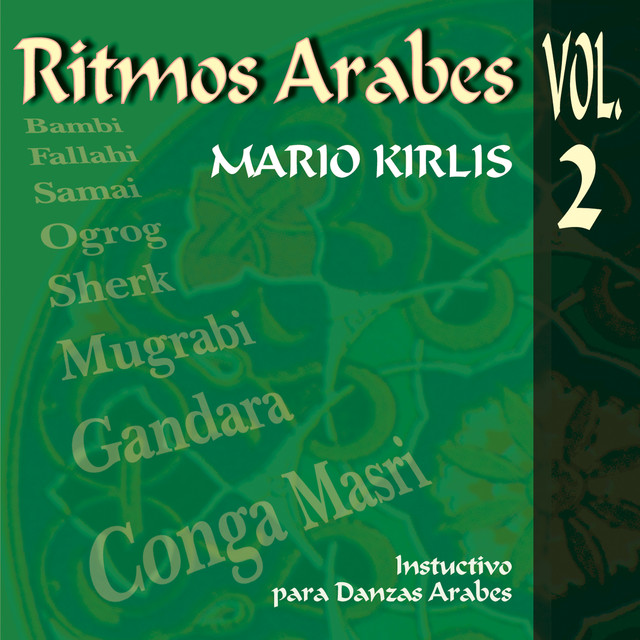


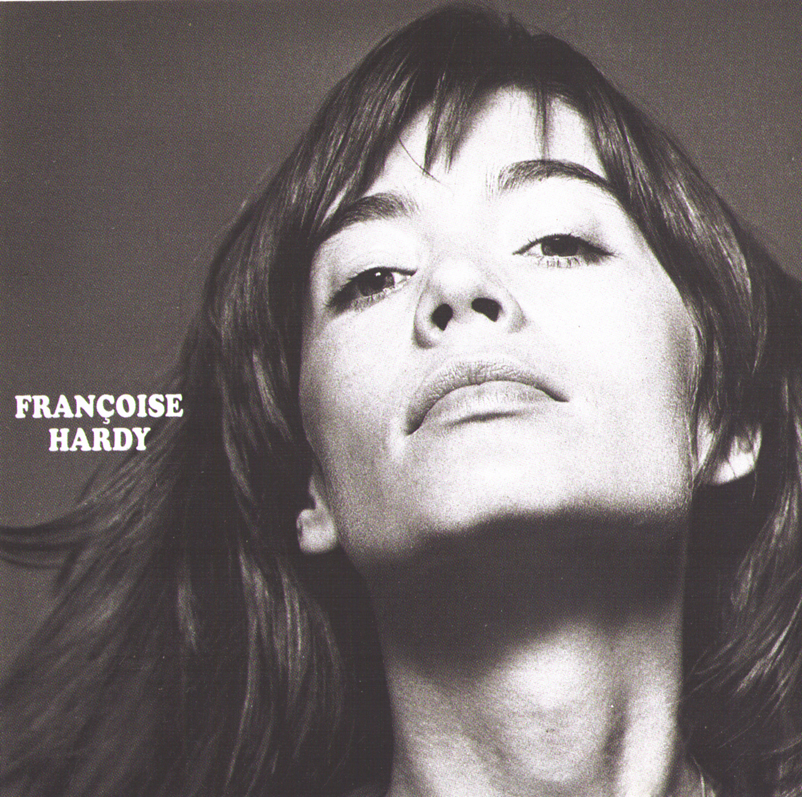
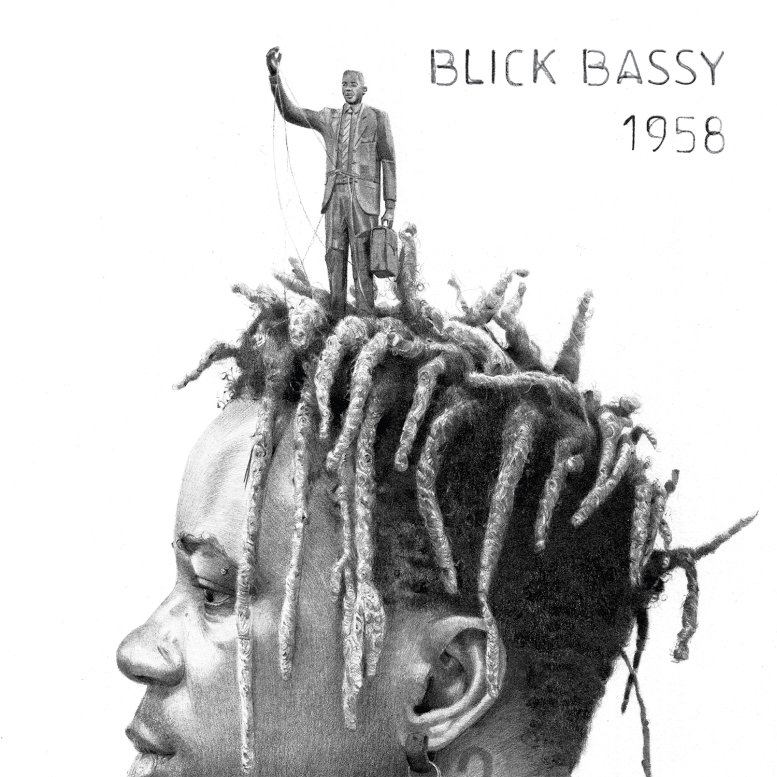

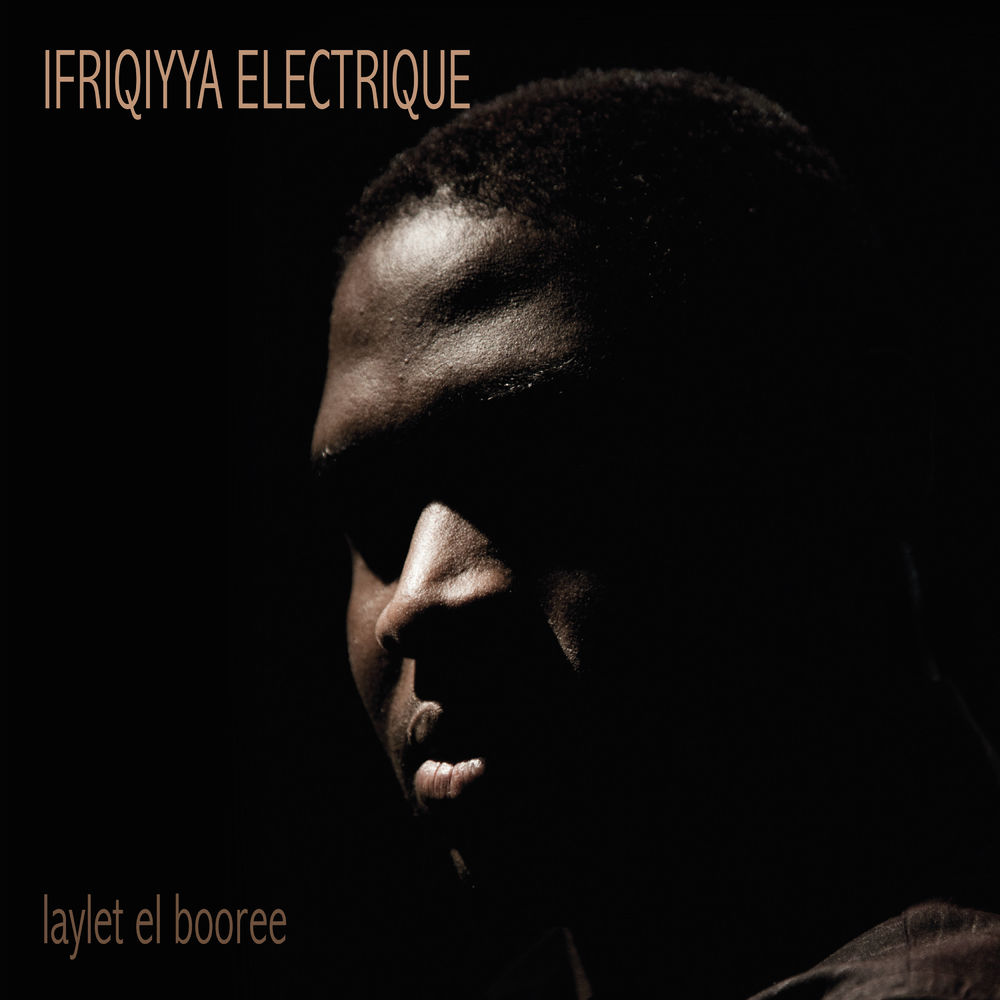








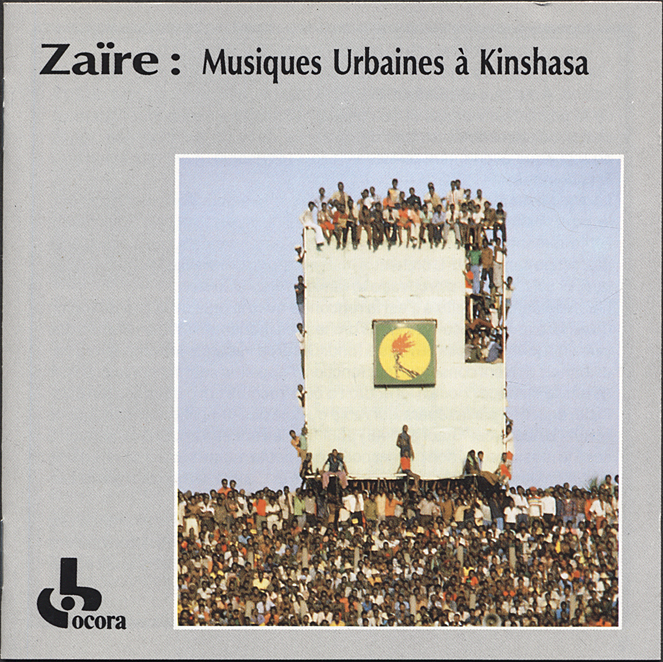
![02 ]The Best Of Jackie Opel [Studio One].jpg](https://images.squarespace-cdn.com/content/v1/5d275a9d176d030001f306ed/1565455051775-CW4ORAXRIHWMTAKODGMS/02+%5DThe+Best+Of+Jackie+Opel+%5BStudio+One%5D.jpg)
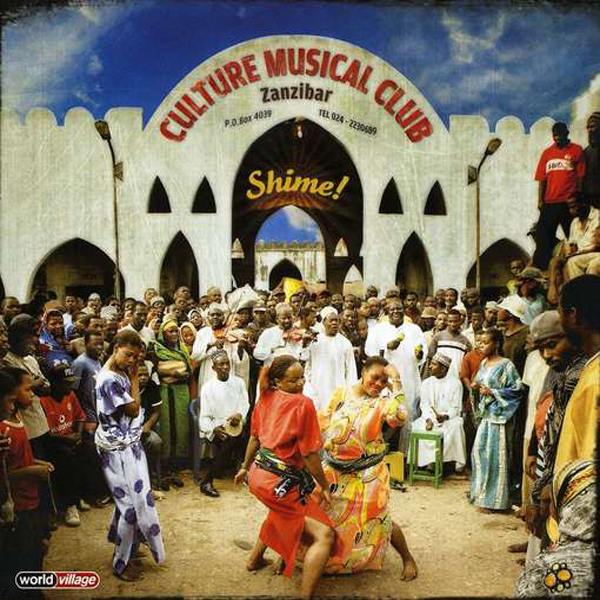

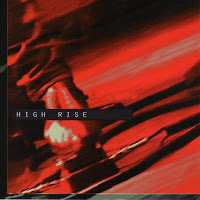

![02 ]The Best Of Jackie Opel [Studio One].jpg](https://images.squarespace-cdn.com/content/v1/5d275a9d176d030001f306ed/1565455109366-P7RSB0A8LW1VW1PMAECB/02+%5DThe+Best+Of+Jackie+Opel+%5BStudio+One%5D.jpg)





